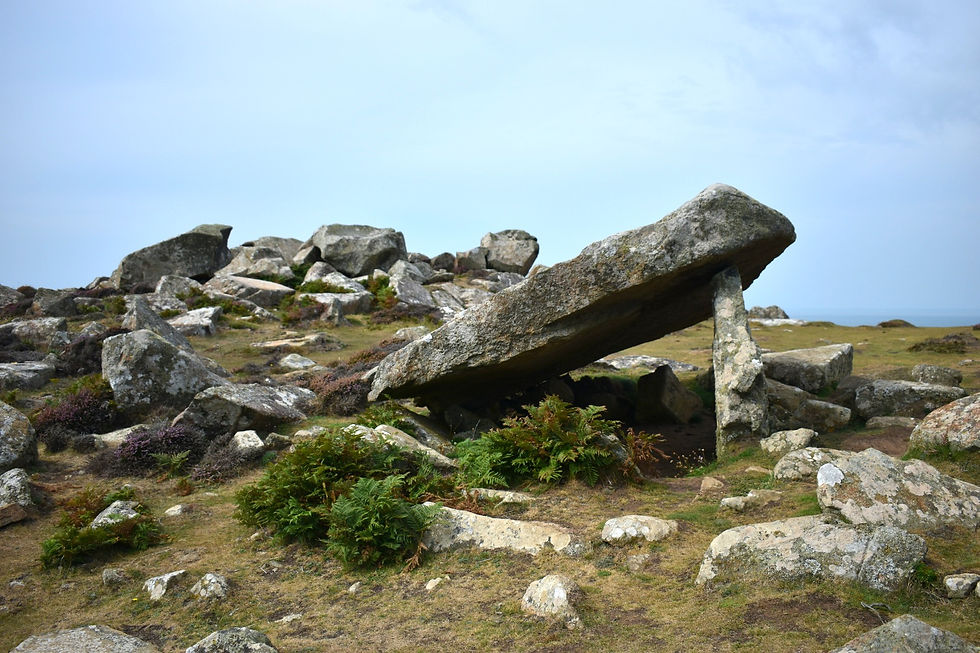Roman Amphitheatre
- Isobel Akerman

- Nov 29, 2020
- 2 min read
| Ancient * London |

The savagery of nature has always been fascinating to humans. All cultures have had their share of animal cruelty – no matter how many civilised bows they put on it. Even here and now, the sweet voice of David Attenborough can’t quite make up for the fact that the raptured audience are drinking their tea while an orca viciously bites off the head of a seal.
All throughout history we have seen this, but some cultures are more overtly cruel than others. And right back at the site of the largest Amphitheatre in Roman Britain is a particular human-animal relationship worth remembering.
The location of ancient wild animal fights, gladiator combat, and Roman crowds bubbling with bloodlust, is found hidden underneath the municipal Guildhall, right in the heart of London’s financial district.
London’s Guildhall is an impressive courtyard of grand gothic architecture. On the floor of the courtyard, easily missed, is a sweeping loop of dark grey stone. This is the outline of what was the ancient amphitheatre of the Roman Londinarium – the remains of which were discovered in 1988. The public arena held up to 7,000 people and was famous for attracting large crowds who, according to St. Augustine, were desperate to “see blood and gulp down the savagery”.
Initially the animals were part of a religious ritual, sacrificed to please the Gods and bring good luck onto the games. But as the expectations of the crowds increased, demand for the spectacular grew strong. The Romans were masters of cultural manipulation – give the people death and they will love you for it. So, the animals had to die. They were hunted by gladiators, torn apart by other animals, and slaughtered for entertainment.
It must be remembered that throughout the brutality some animals were also treated well – many were pimped-out and displayed like Crufts for the ancients. Some were lavishly painted and adorned merely to make the spectacle of being hunted more elaborate; there are stories of fur dyed entirely white so that individual beasts stood out from the crowds, and others who had their horns gilded with gold to demonstrate their value.
The animals were also used as symbols for Roman authority in the conquered kingdoms. The exoticism and ferocity of the arena-animals also became a point of pride for the rulers. Even the emperors themselves were said to have got in the ring to fight the beasts. The animals became nature’s evidence of Roman strength and power, a divine ability to control nature: if they could command wild beasts as easily as they could the gladiator slaves, what could they not conquer?
The Roman games are thought of as savage to us now. A needless bloodbath of brutality and execution, a society addicted to death. But to the Romans, this was civilisation. It was a particular relationship with the animal kingdom which used death and control to emphasise human superiority. It’s a good thing we just stick to David Attenborough documentaries now.

Nacional Museum of Roman Art in Merida
Basinghall St, London EC2V 7HH




コメント